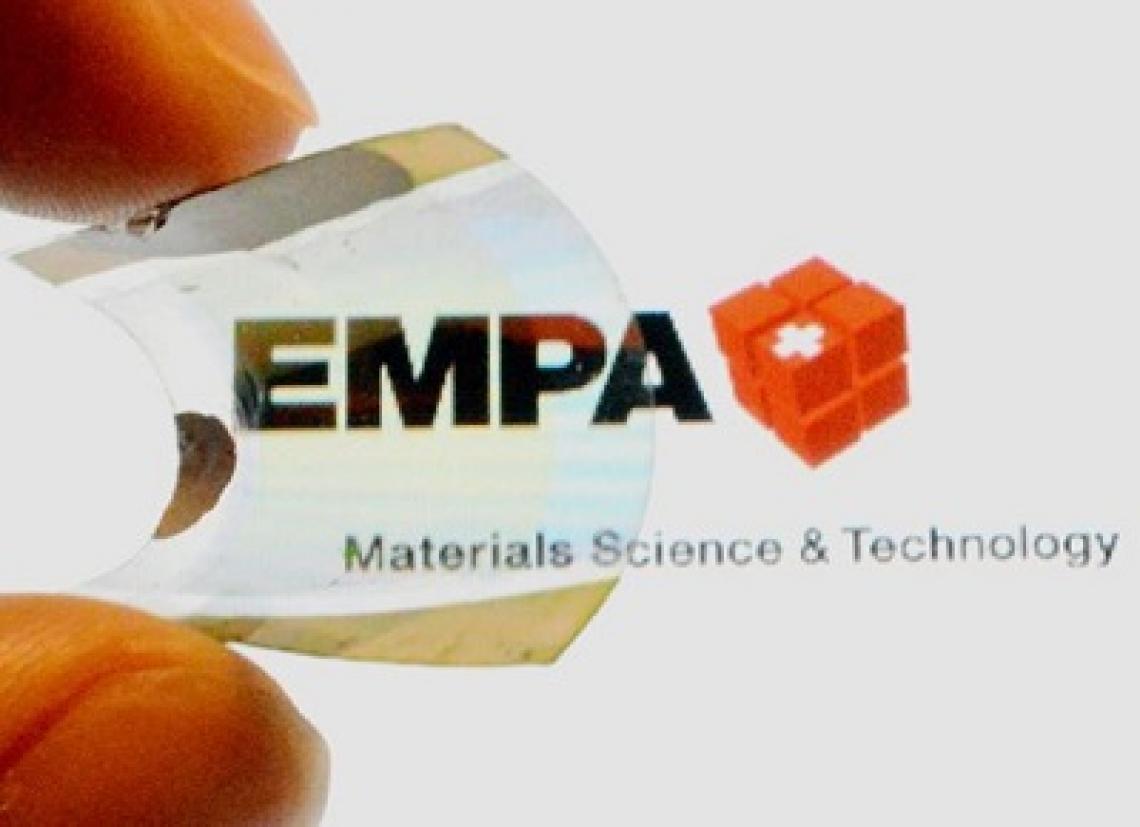Visibly Transparent Organic Optoelectronic Devices
Combining organic semiconductors with discrete absorption and emission bands outside the visible wavelength range with transparent and conductive electrodes allows for the fabrication of visibly transparent organic electronics. We design and synthesize selective near-infrared absorbing polymethine dyes (cyanines, squaraines), aiming at dyes that absorb beyond the silicon band edge. Together with transparent and conductive electrodes that can be deposited on flexible substrates, we fabricate visibly transparent solar cells, photodetectors and image sensors. Such devices enable a manifold of novel and alternative applications in interactive displays, integrated on-glass electronics or power-generating windows.
Poster: Near Infrared Absorbing Cyanine Dyes for Visible Transparent Organic Solar Cells






